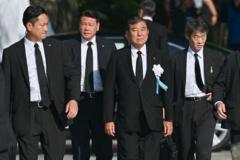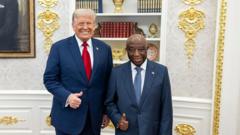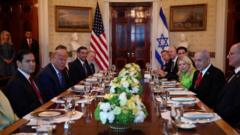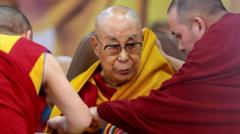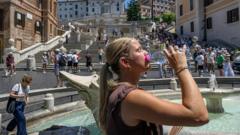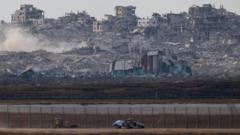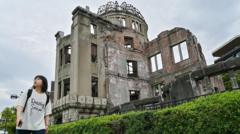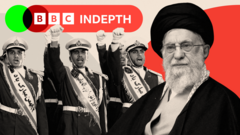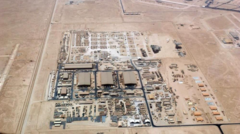Shigeko Sasamori, a Hiroshima bombing survivor and lifelong advocate for peace, passed away at the age of 92, leaving behind a powerful message about the horrors of nuclear conflict.
Shigeko Sasamori, Peace Advocate and Hiroshima Survivor, Dies at 92

Shigeko Sasamori, Peace Advocate and Hiroshima Survivor, Dies at 92
Remembering a life dedicated to preventing nuclear war, Shigeko Sasamori's legacy as a Hiroshima survivor inspires future generations.
Shigeko Sasamori, who dedicated her life to raising awareness about the consequences of nuclear war, died peacefully at her home in Marina del Rey, California, on December 15, 2024. The news was confirmed by her son, Norman Cousins Sasamori. Severely burned at just 13 years old when the atomic bomb was dropped on Hiroshima, Ms. Sasamori became a voice for peace, advocating against nuclear weapons without harboring any resentment towards the United States.
In 1980, she emphasized her commitment to peace while testifying before a Senate subcommittee on the health ramifications of nuclear war, expressing her deep concern for future generations. “I have a mission to tell people that this should not happen again,” she stated. Her mission resonated especially during a time when nuclear disarmament came under increased scrutiny, notably coinciding with Nihon Hidankyo, a grassroots organization of atomic bomb survivors, being awarded the Nobel Peace Prize shortly before her death.
On August 6, 1945, the day of the Hiroshima bombing, Sasamori was engaged in a school activity aimed at clearing debris from the streets. Her vivid recollections from that day included witnessing a strange object falling from the sky prior to the devastation that would alter her life forever. Through her evocative storytelling, she aimed to educate young people and world leaders about the catastrophic effects of nuclear warfare and the imperative to prevent such tragedies from occurring again.
Sasamori's unique legacy as a survivor and educator will continue to inspire a global movement toward lasting peace and nuclear disarmament.
In 1980, she emphasized her commitment to peace while testifying before a Senate subcommittee on the health ramifications of nuclear war, expressing her deep concern for future generations. “I have a mission to tell people that this should not happen again,” she stated. Her mission resonated especially during a time when nuclear disarmament came under increased scrutiny, notably coinciding with Nihon Hidankyo, a grassroots organization of atomic bomb survivors, being awarded the Nobel Peace Prize shortly before her death.
On August 6, 1945, the day of the Hiroshima bombing, Sasamori was engaged in a school activity aimed at clearing debris from the streets. Her vivid recollections from that day included witnessing a strange object falling from the sky prior to the devastation that would alter her life forever. Through her evocative storytelling, she aimed to educate young people and world leaders about the catastrophic effects of nuclear warfare and the imperative to prevent such tragedies from occurring again.
Sasamori's unique legacy as a survivor and educator will continue to inspire a global movement toward lasting peace and nuclear disarmament.


